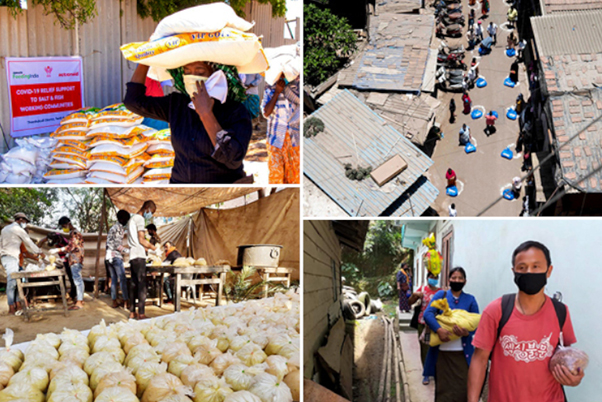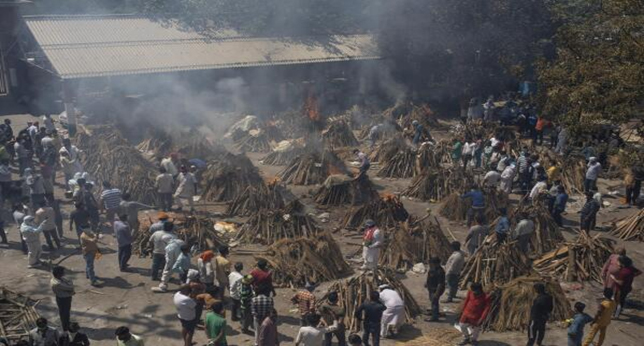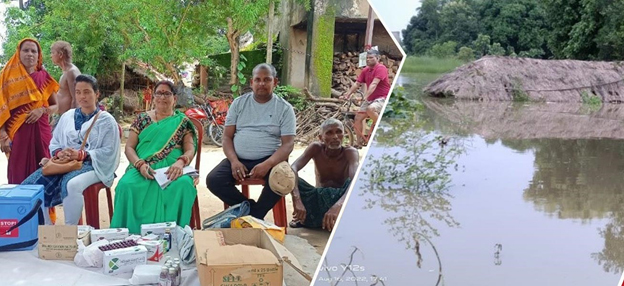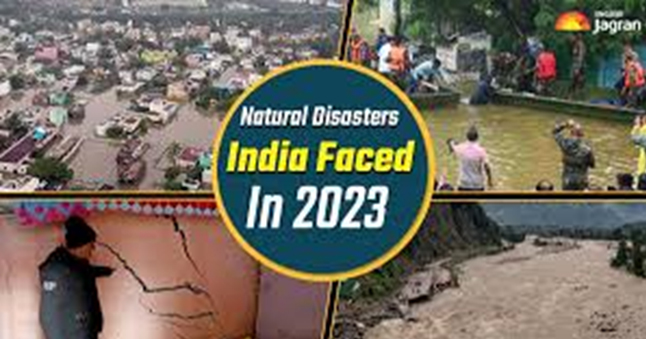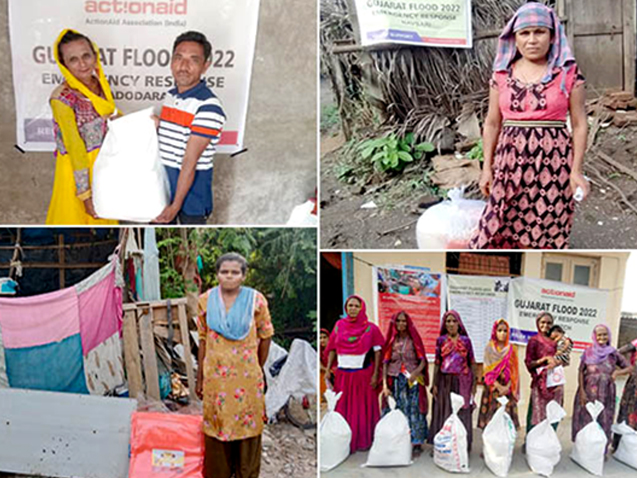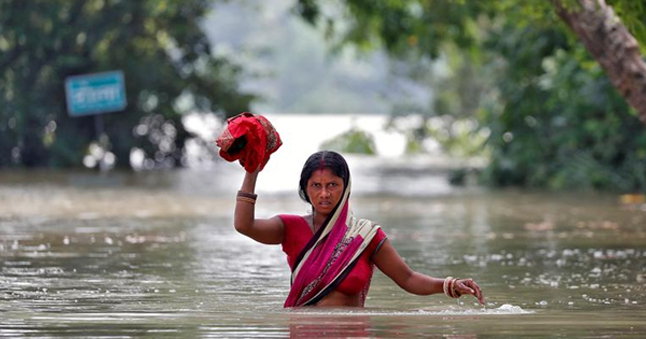The COVID-19 pandemic had a particularly devastating impact on India, where the first cases were reported on January 30, 2020, in three towns in Kerala. The first COVID-19 lockdown was announced on March 23 in Kerala, and a nationwide lockdown was put into place on March 25. The first wave of COVID-19 lasted from March to September, with daily case count peaking at around 90,000 in September.
Poorer families specifically were most severely impacted by the pandemic, as many lost their sources of income and lived in crowded areas which facilitated the spread of disease. Those living in poverty were significantly more likely to be plunged into food insecurity, to suffer mental health issues, and were much less likely to have access to healthcare in case of infection. India’s economy was hit hard by a spike in unemployment and a decline in economic growth.
Response of ActionAid Association (AAA)
Since the pandemic broke out in March of 2020, ActionAid Association’s teams have been on the ground, tirelessly reaching out with support to those most in need. Our response has been at multiple levels. As of August 15, 2020, ActionAid Association had provided much-needed relief to 77,12,980 individuals from vulnerable communities across 24 states and one Union Territory. We worked with volunteers, and community-based organizations movements, both directly and with the help of local administration. The people we served include those dependent on the informal economy, Dalits, Muslims, particularly vulnerable tribal groups, denotified and nomadic tribes, people living with HIV and people with disabilities, with a focus on women and children among them. We have directly supported 23,55,346 individuals with relief materials, including dry rations, cooked food, and sanitation supplies, among other forms of relief. We have also facilitated access to government-provided relief services for 53,57,634 individuals.
Our teams also provided ‘Relief in Transit’ to migrant workers returning from cities to their native villages as a result of the pandemic’s onset. We enabled their registration for a safe return home. We established stations on highways and roads across several states to provide migrants with water, food, footwear and first aid during their journey home. In some states, we created and monitored quarantine facilities.
